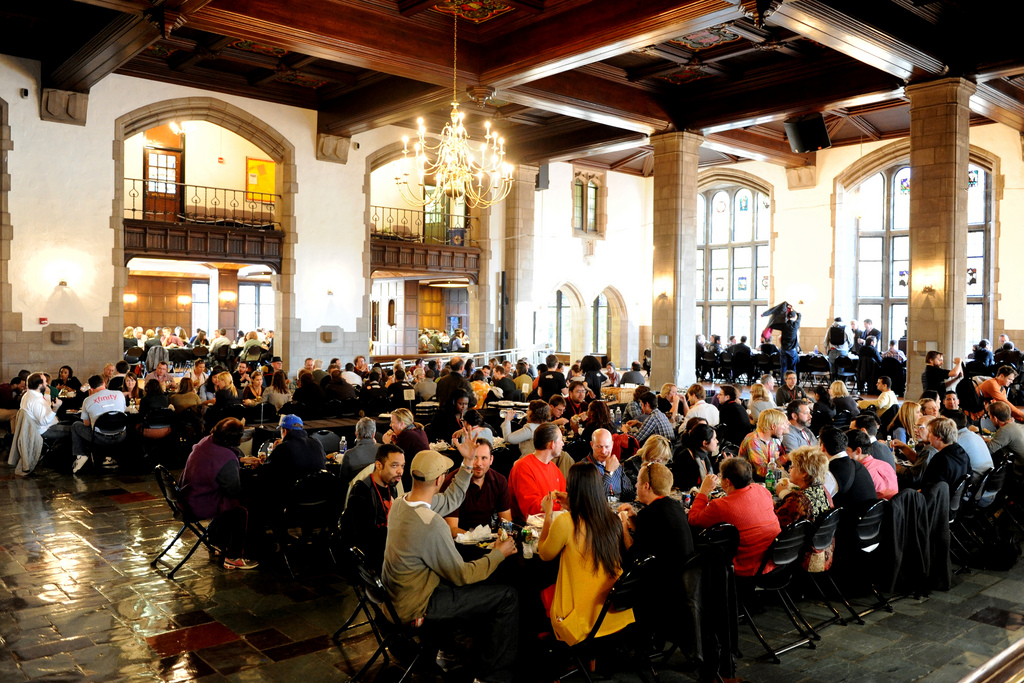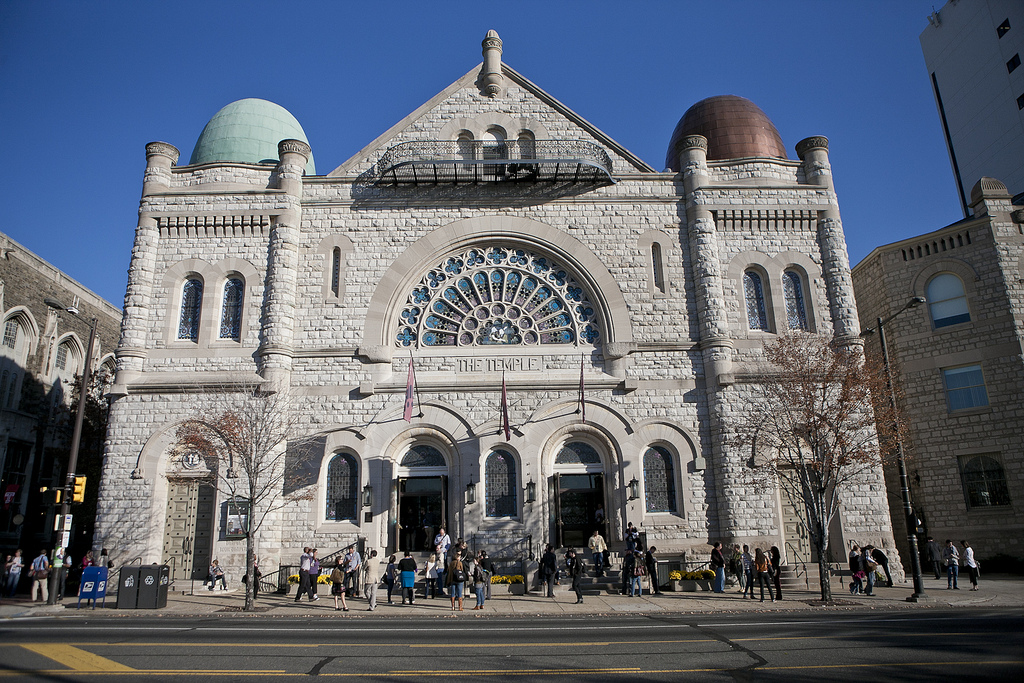by Lilian Asperin Clyman
As part of our recent EQxD monthly meeting we organized a break-out session to explore what makes a pitch great. It has been four days since that event, and today I am testing my memory to recall which teams were most effective in conveying their insights. This is exactly the difference between a great and not so great pitch. Are people still thinking and/or talking about it days, months and years later? And if so, why?
Intense Curiosity
The greatest problem solvers identify an area of need and devote deeply focused time to discovering everything about it through their own lens. In so doing, they are able to work through the layers of commonality and get to a new insight. This curiosity spark is the basis of breakthroughs and pivots. The hallmarks of change emerge when you identify it, name it, pin it up, and keep staring at it.
Piercing Content
Solutions are for people and the more universally resonant you can be, the more people “gotta have it”. In other words, sift through long enough to find your “I believe” statement. At all times, you and your team must be able to say “Why” this matters and every decision you make is in service of this belief. If you are clear, people will follow.
Get to A-Ha
So what? Always ask yourself why your proposal is relevant. Our goal is to arrive at solutions that can transform real life experiences of professionals in our industry. Is there a specific demographic you understand exceptionally well that you can empathize with, and therefore impact? Translate your individual insight to transform a shared goal. People need to get it.
Catchy Message
“Just do it”. “Got milk?” “Think different”. “Architecture Matters”. Appeal to as many senses as possible and have an element of surprise. Use every available tool to explore how you can be original AND succinct. Words. Images. Beats. Songs. Touch. Smell. Movement. Interpretive dance. Consider how you thread each essential element of your idea purposely so as to build a crescendo in your audience. Remember, humor and authenticity will always create a bond among people. Make it memorable.
Say it with your heart and with your mind.
EQxD Hackathon in ATLAIANTA!
From Silicon Valley to Atlanta, we are excited to bring this energizing, innovative and fun learning opportunity to AIA National Convention. What is a Hackathon? To find out, join us for this special pre-convention workshop on Wednesday 5/13 1-5pm WE310 Equity by Design: Knowledge, Discussion, Action! Full details and registration information available here.
Read past blogs by Lilian Asperin-Clyman about the EQxD Hackathon experience:
Meet the EQxD Hackathon Jurors!























